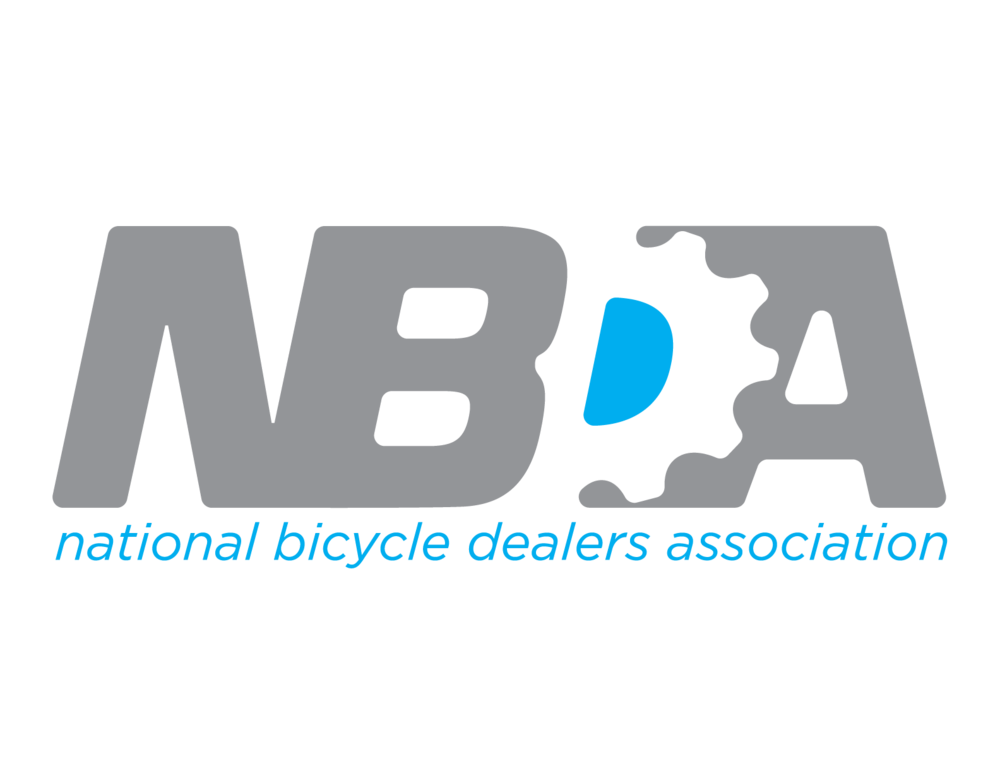How Tariffs & Government Changes Are Reshaping the U.S. Bike Industry—and How AI Can Help Lead the Way
Brought to you by the NBDA in partnership with 18 Spokes, where NBDA members save 20% on all services.
The latest NBDA State of the Industry Fall 2025 update has arrived, painting a challenging picture for bicycle businesses across America. With sweeping tariffs—some exceeding 66% for imports from China and over 50% from Canada and Mexico—plus a surge in freight rates and tightening government regulations, the margin for error in retail and manufacturing is slimmer than ever.
Tariffs: The Unseen Force Driving Costs and Change
U.S. cycling brands and retailers now face the burden of hefty payments due within days of receiving goods, leading to tighter cash flow and higher consumer prices. Importing bikes, components, and even accessories has become a costly game, with no relief in sight until at least 2026. Meanwhile, cuts to federal infrastructure funding mean less support for cycling amenities and advocacy, putting pressure squarely on industry players to adapt—and innovate—to survive.
The Critical Role of AI: Turning Obstacles Into Opportunity
The good news? AI is opening new avenues to offset many of these obstacles, powering transformative change across three pillars:
1. AI-Driven Support Systems
Automated chatbots & voice AI: Instantly handle routine inquiries, troubleshoot product issues, and help shoppers find the perfect ride—all with branded, responsive support that works around the clock.
Self-service portals: Reduce staffing needs, answer FAQs, and resolve customer concerns efficiently, freeing up resources for growth.
2. Smart, Targeted Marketing
Personalized outreach: AI segments audiences by behavior and preferences, then delivers relevant promotions and updates to boost engagement and drive sales—even in turbulent markets.
Content generation: Streamline everything from blog posts to social ads, keeping your brand top-of-mind while controlling costs.
Performance optimization: Machine learning tracks campaign results in real time, allowing for quick pivots and better ROI.
3. Intelligent Operations & E-Commerce
Inventory forecasting: Machine learning models predict demand trends, help balance supply with shifting tariffs, and minimize costly overstock.
Virtual showrooms & sales assistants: Guide buyers online with smart recommendations, product comparisons, and even interactive views—closing more deals and expanding reach beyond the shop floor.
Smart pricing engines: Adjust prices automatically based on costs, tariffs, and market demand to maintain competitiveness.
Looking Ahead: Innovation Over Adversity
While government regulations and tariffs have raised the stakes, American cycling businesses don’t have to go it alone. By embracing AI-powered automation, marketing, and support, industry leaders and independent shops alike can reclaim lost margin, deepen customer loyalty, and build resilient operations for the future.
Ready to ride out the storm? The answer is clear: invest in AI, and let technology lift your business above the headwinds.









Leave a Reply
Want to join the discussion?Feel free to contribute!